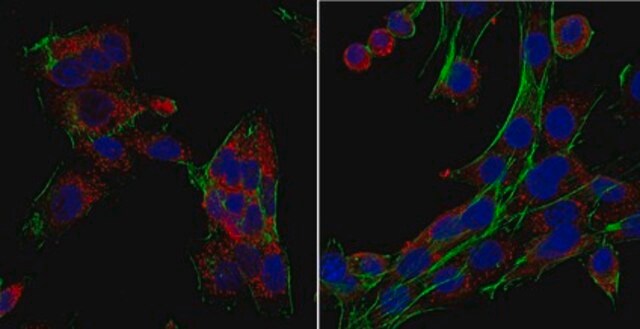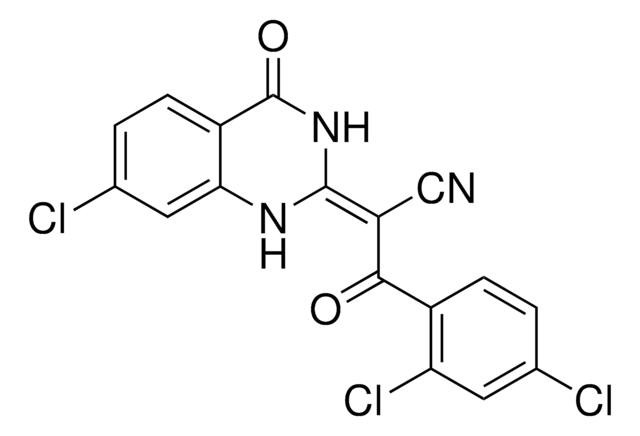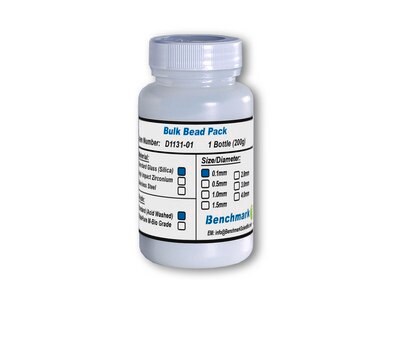ABN1673
Anti-HD-polySer-Ct
serum, from rabbit
Sinónimos:
HD-RAN-PolySer, HD-PolySer
About This Item
Productos recomendados
origen biológico
rabbit
forma del anticuerpo
serum
tipo de anticuerpo
primary antibodies
clon
polyclonal
reactividad de especies
human, mouse
envase
antibody small pack of 25 μL
técnicas
immunocytochemistry: suitable
immunohistochemistry: suitable
western blot: suitable
isotipo
IgG
modificación del objetivo postraduccional
unmodified
Descripción general
Especificidad
Inmunógeno
Aplicación
Neuroscience
Western Blotting Analysis: A representative lot detected HD-polySer-Ct in Western Blotting applications (Banez-Coronel, M., et. al. (2015). Neuron. 88(4):667-77).
Immunocytochemistry Analysis: A representative lot detected HD-polySer-Ct in Immunocytochemistry applications (Banez-Coronel, M., et. al. (2015). Neuron. 88(4):667-77).
Immunohistochemistry Analysis: A representative lot detected HD-polySer-Ct in Immunohistochemistry applications (Banez-Coronel, M., et. al. (2015). Neuron. 88(4):667-77).
Calidad
Western Blotting Analysis (WB): A 1:1,000 dilution of this antibody detected PolySer in HEK293T cells transfected with HD-polySer-Ct.
Descripción de destino
Forma física
Almacenamiento y estabilidad
Otras notas
Cláusula de descargo de responsabilidad
¿No encuentra el producto adecuado?
Pruebe nuestro Herramienta de selección de productos.
Código de clase de almacenamiento
12 - Non Combustible Liquids
Clase de riesgo para el agua (WGK)
WGK 1
Punto de inflamabilidad (°F)
Not applicable
Punto de inflamabilidad (°C)
Not applicable
Certificados de análisis (COA)
Busque Certificados de análisis (COA) introduciendo el número de lote del producto. Los números de lote se encuentran en la etiqueta del producto después de las palabras «Lot» o «Batch»
¿Ya tiene este producto?
Encuentre la documentación para los productos que ha comprado recientemente en la Biblioteca de documentos.
Nuestro equipo de científicos tiene experiencia en todas las áreas de investigación: Ciencias de la vida, Ciencia de los materiales, Síntesis química, Cromatografía, Analítica y muchas otras.
Póngase en contacto con el Servicio técnico








